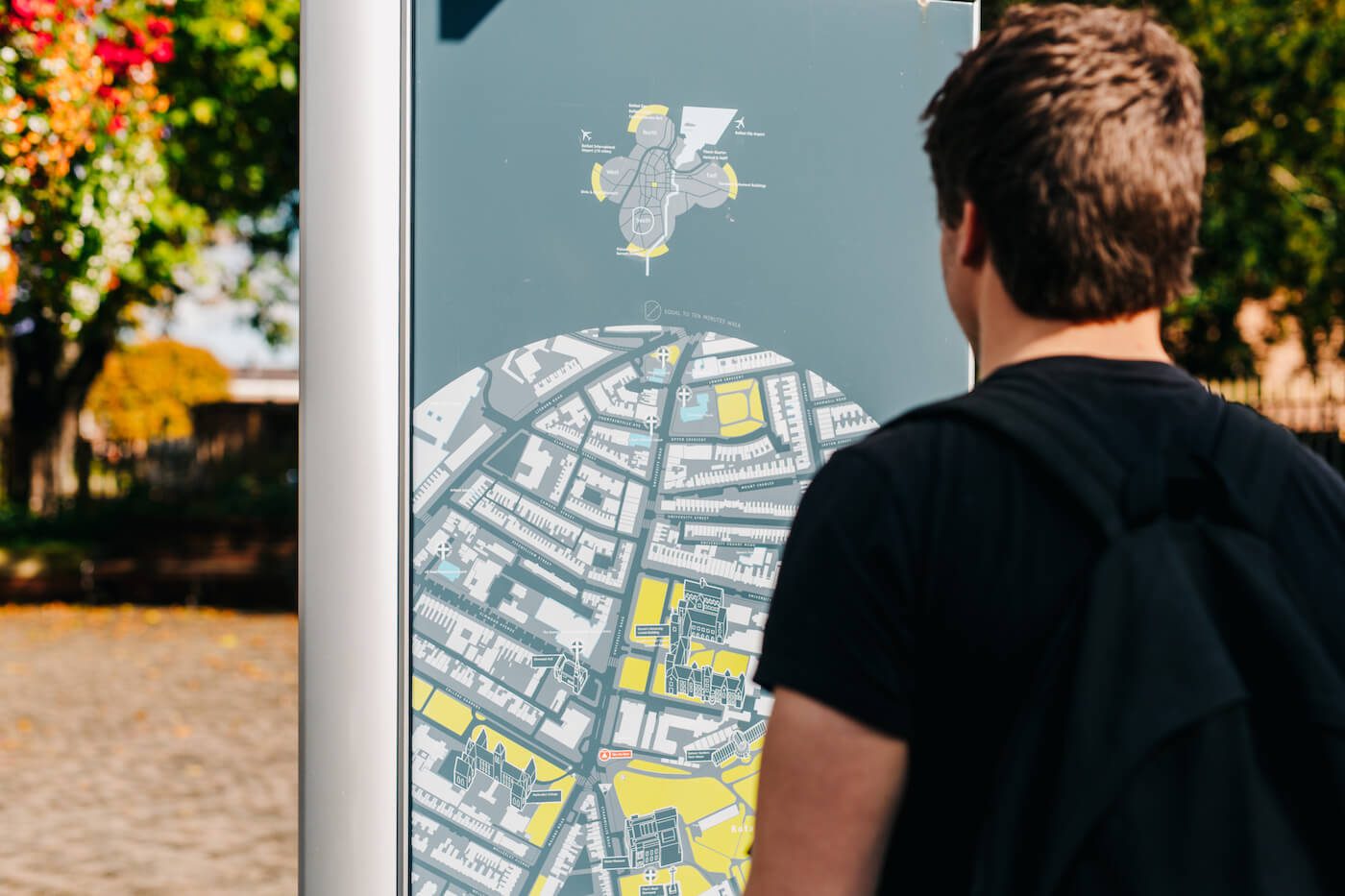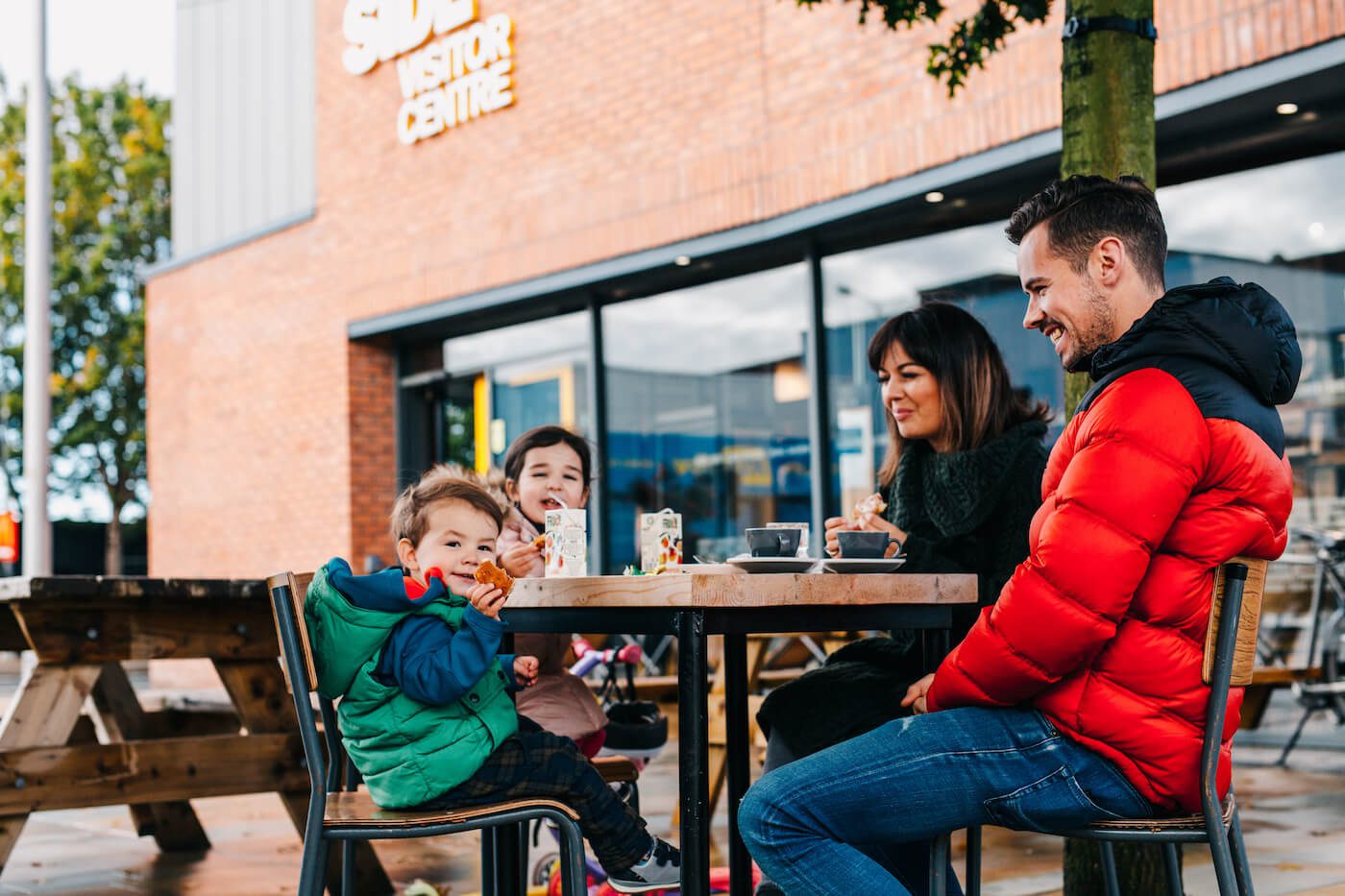Using imagery in your marketing is a proven way to reach more people and get them engaged with your message. 65% of people are visual learners, 90% of information that comes to the brain is visual, and presentations with visual aides are 43% more persuasive than those without.
It’s also a way to make your content more accessible to people who have problems with reading, or potential visitors without English as a first language – just remember to add some alt text when putting images online.
One of the most important ways images can be used is to directly speak to and communicate with your target audience. Seeing an image of someone who looks like us always makes you sit up and pay attention. It makes you think “this place is for people like me”.
Here are five tips on how to make photographs work as an audience development tool for your organisation:
1. Use photos of real people
Don’t use cheesy posed stock images. Use photos of your real audience, or people you want to be your audience. Think about your audience segment. Do you want to communicate with older people, families, young film buffs? Then show them in your imagery!
The Barbican’s classical music campaign is a great example of how photographs of everyday people can combat perceptions of classical music as elitist and upper class.
2. Sell the Benefits, not the Features
Show the emotional benefits of visiting your venue or event. How about images of audience members chatting in the café, or grabbing a drink during the concert interval? Is your museum a great family day out? Show that through photos of kids enjoying themselves and interacting with exhibits.
3. Give people a preview
For potential audience members, going over the threshold of your building, or booking their first ticket can be intimidating. It’s like the first day of a new job, you’re always wondering about how things work, and worried about looking silly when you don’t know. Use images and video to give audiences an idea of what to expect. What will the venue look like inside, where is the entrance, where do they go first? A photograph of your friendly venue staff at a ticket desk or bar can show how welcoming your venue is.
One advantage for cultural organisations is that you most likely have an array of fascinating, thought-provoking, or just plain beautiful objects or events to photograph. Think about someone who sells office equipment for a living – they would love to be in your shoes. Maybe your venue has a beautiful entrance hall, or a quirky sign. Just because you have seen this a thousand times it doesn’t mean your audience has (especially those who haven’t visited yet!). Don’t be afraid to highlight the everyday parts of your organisation that are visually interesting.
4. Get everyone on board
Working in the cultural sector, you’re always short on time. Make the most of your staff, volunteers, and audiences by using their images too. Is someone on your team an Instagram addict? Recruit them to post for the organisation, or gather images for you.
Check out your organisation’s location or hashtag on twitter. If visitors have put images up there, ask them if you can use them. They’ll usually be flattered, and you’ve made another audience connection as well as getting a “visual review” you can share. If you have a venue, consider putting up signs encouraging your audience to take photos, along with a suggested hashtag for sharing.
5. Be Prepared
Set up a folder on your computer with high quality images relevant to your organisation. You’ll always have an image to use when you’re rushing to get an event announced online. You can also use free stock photography websites such as www.pexels.com or https://unsplash.com.
When organising an event, plan how you might capture great images or video. Think about what kinds of images you would like, and decide who is responsible for capturing them. After an event, look through images you’ve taken and add any great ones to your image bank.
Contact us
We’re called thrive for a reason. Let us know how we can best support you – drop us a line any time.

Search our website
Search for free reports, toolkits, audience development tips and more










